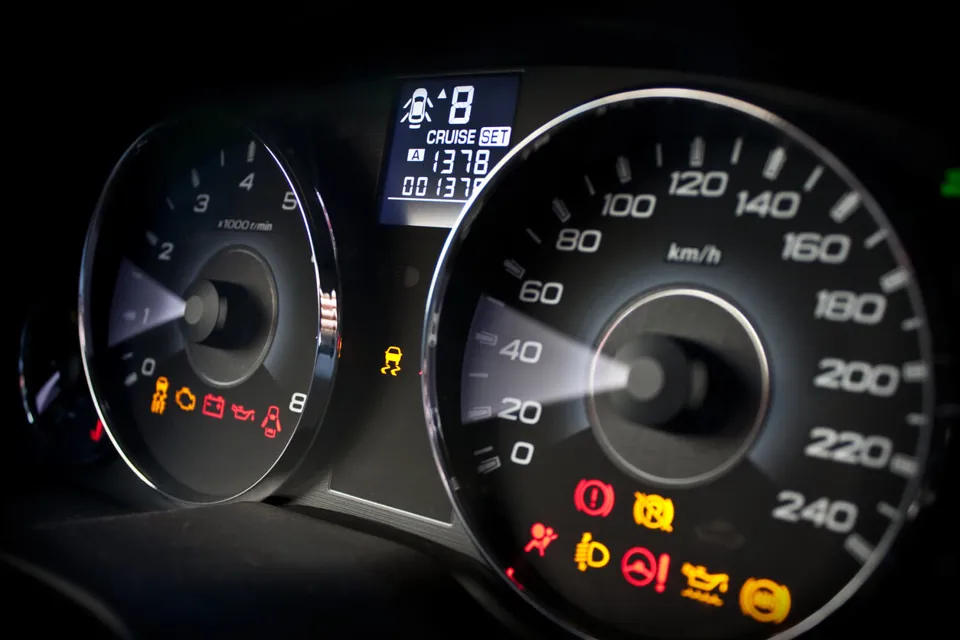Knowing which proportion of your drivers’ mileage has been undertaken for work and which proportion was for personal journeys is essential for fleets.
Inaccurate records mean companies risk paying out too much money reimbursing business journeys: drivers might round up mileage or be even more fraudulent by claiming for journeys not undertaken. The overspend can run into thousands of pounds a year, even for small fleets.
However, this can be dwarfed by the penalties facing the business if HM Revenue & Customs starts investigating your mileage records.
Companies are responsible for ensuring they hold accurate details of business and private mileage: the financial penalty for non-compliance can hit six figures.
Option 1: Online mileage capture
David Oliver, procurement manager, Red Bull
Fleet size: 232 vehicles – 174 cars, plus 58 promotional and event vehicles
Average mileage: 17,500
Mileage capture system: We’ve used an online mileage capture system, Vertivia Mileage Management, since July 2012. We previously used the expenses system on SAP.
Why did you opt for this system? It is flexible, simple, good data reporting, with ease of entry for the user.
How did you make the business case? The cost is covered many times by improved efficiency and VAT recovery. Implementation was then very simple; from approval to launch was achieved in under five weeks.
What’s automated and what’s not? Private mileage, cost per mile and feed from car provider are all automated. Changes via the help team are not automated (drivers can feed journey data into the system via laptops or tablets; a smartphone app is promised).
How accurate is the data compared to your previous system? Far better. We have run some stats for certain teams and can see easily how this drives accuracy.
How foolproof is it? To my knowledge, no system can ever be 100% foolproof, even fuel cards can be treated in a certain way by a driver if they really want to abuse them. We monitor and feed back on anything unusual and managers are informed of any oddities in their team’s reporting.
What issues/errors have you had with the system and how have you overcome them? The biggest issue is with some drivers whose day-to-day activity makes it difficult to enter routes postcode to postcode. While this is not perfect, it is currently not possible to quickly add a higher degree of accuracy to this and, to be fair, the problem existed before and was far worse.
What results have you achieved from the system? Compliance: drivers know they need to submit data by a certain date or else we assume all the card spend is private and then it’s another month before it is returned. Reporting is much better and easier to export data than before. We still have some data we want to do more with and also want to keep the manager feedback fresh by looking at average fuel economy, top low private mileage drivers, etc.
What advice do you have for other fleet managers about mileage capture systems? Go for it, but be certain you know what your priorities are; for example, reduced admin or risk of fraud to VAT recovery, or just helping employees by taking away the need to fund business miles themselves upfront.















Login to comment
Comments
No comments have been made yet.